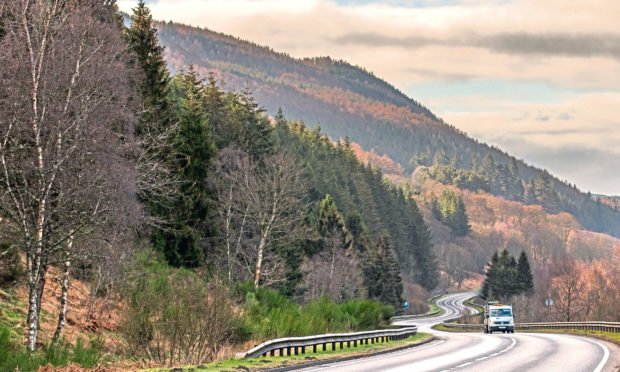So far we have only one strategy for ending lockdown. It’s the posh mum approach, as shown by Dr Catherine Calderwood. The rest of us need something better.
There is no sense of entitlement greater than that of posh mums. Every community has them, the people who believe ownership of a child, an SUV and possession of a private education is enough to make them better.
It is a superiority complex instilled during childhood, where overconfidence is rewarded; reinforced at school, where socio-economic advantage is repackaged as “initiative”, and finished off in the second home.
As for the rest of us, we need to talk about the end of lockdown which doesn’t involve making up the rules to suit ourselves.
The instruction three weeks ago to stay at home was shocking, but accepted. Yet it led to all sorts of confusion. We had both to stay at home but also go to essential work. We are not allowed out, but we are told to exercise once a day. Being in your local park alone is OK, but being in one a short drive away is bad. There was plenty of room for legitimate confusion.
We didn’t talk enough about lockdown before it happened and that led to mixed messages. We need to talk about how the lockdown will end if it is to have support.
Lifting restrictions is going to be much harder to police. We have all been locked up for weeks. We’ll be gagging to get out and go crazy. Those of us with no garden, and crammed into a small flat, will be feeling particularly giddy.
We can’t let some of us out on to the street to party while telling others to stay indoors. Nor can we allow the free to infect people who have successfully dodged the virus.
The first minister says lockdown may be lifted in a phased response. This is the only thing we know from official sources.
Staggering the end of lockdown is inherently risky, but possible. People need to have hope and that comes in the promise of an end to this. We also need to allow people back to work. Not because the modern god of the economy needs to be worshipped, but Scotland has an unusually unfair income profile.
We have much higher than the EU average of low-paid workers and less high-paid people. In short, our wonky socio economic profile ( the bane of so much to do with this nation) makes us more vulnerable to poverty, debt and despair. It’s not fair, and a blot on every government, but it’s the case. We need to give people the freedom to work their way out of this crisis.
The obvious approach is to test everyone and those people who have had the virus should be allowed out. This group is an asset – they can’t get infected again, and a brush with Covid-19 is a pretty good lesson in life-long hand-washing, so should be at low risk of transferring the infection.
The problem is the testing chaos. There are not enough kits to test NHS workers. By the time we can all be tested, it could be 2021. Thus the idea of immunity passports is nice in theory, but unworkable.
The Scottish Government resilience unit seemed surprised that people would rush to the Highlands. Do none of these people watch disaster movies?
The dash north was a bad thing, but it reminds us that our geography is an asset. We have lots of space, accessed by not many roads. The result is that it should be easy to control movement of people.
As it is, we have evidence that distance helps. The Western Isles, the Inner Hebrides, Orkney and Shetland have all been able to keep infections down, according to government data. We don’t have public data on rural areas in general, but can assume they have been less affected than the cities.
This offers hope. Scotland could relax lockdown by health profile and location. Those not in the at-risk groups who live west of the Great Glen could start to go back to work. Entry to this huge area is limited to a few roads, which could be controlled by the police or army. This may sound alarming, but is a temporary measure.
According to how well this works, lockdown could be lifted in all rural areas. The instruction would be to stay local and not travel into the urban areas. This gradual relaxation of the rules would allow people to develop new habits of living and working while still keeping social distance.
Small-scale building sites could get back to work, farmers and fishermen freed up to harvest and sell produce, shops opened again. A fortnight of rural Scotland getting back to normal may be enough to see how urban Scotland could follow.
Too often the afterthought in policy-making, the Highlands and rural Scotland are in truth a phenomenal asset in these strange times.
Allow our country’s lungs to breathe again and we might be able bring hope to everyone.


